Why Endpoint Visibility Is Your Hybrid Work Security Safety Net in 2025
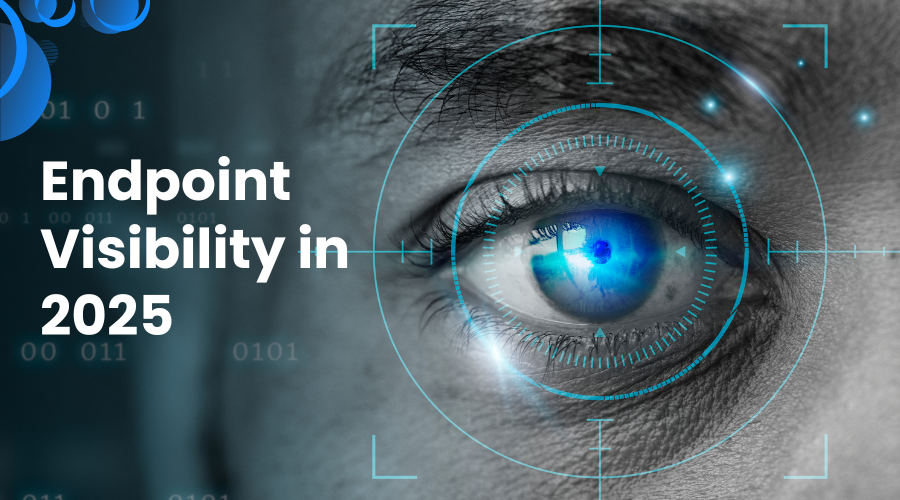
Can you really protect what you can't see? If you’re leading IT for a hybrid workplace in 2025, that question should hit close to home. Today’s office isn’t just rows of desks; it’s cafés, home setups, airport lounges, and sometimes, your colleague’s kitchen table. But while flexible work is great for productivity, it’s a nightmare for visibility. Devices multiply, locations vary, and suddenly you’re chasing ghosts; unmonitored laptops, personal tablets, and mystery mobile logins. That’s where endpoint visibility becomes your secret weapon. Let’s walk through what endpoint blind spots really mean, why hybrid work security depends on seeing everything, and how smart MDM visibility platforms can help you lock things down without locking your team out.
The Real Costs of Poor Endpoint Visibility
Imagine trying to secure a house, but you don’t know how many windows it has or if one’s been left wide open. That’s exactly what it’s like running IT without solid endpoint visibility. It’s not just about tracking a few company-issued laptops anymore. Personal phones, unmanaged tablets, and even smartwatches with access credentials can all quietly slip into your network. And when they do, you may not even know until it’s too late. Lack of visibility means:You can’t enforce policies on unknown devices.
You miss patch updates.
You lose the trail when incidents happen.
According to IT Governance reports, over 33 major breaches in just June 2025 were linked to unmanaged device threats and poor endpoint oversight. That’s not a red flag; it’s a full siren.
Hybrid Work Security Relies on Full Endpoint Transparency
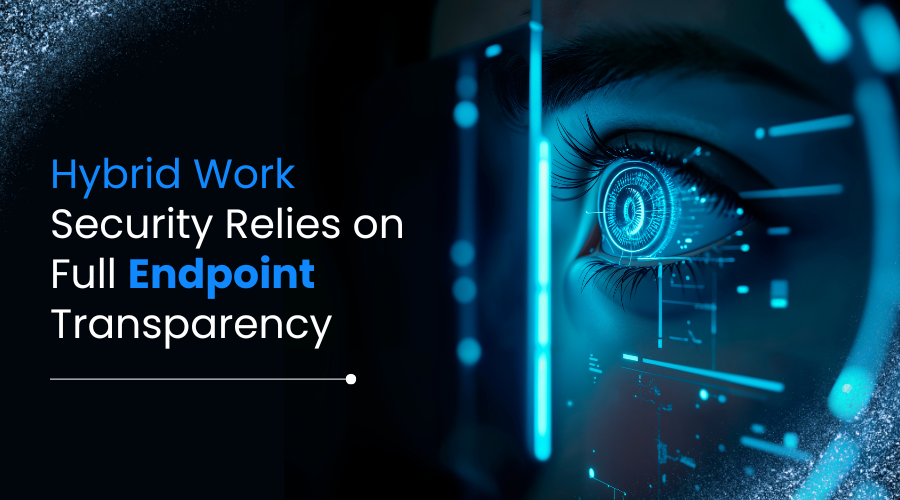 Hybrid work security isn’t about control; it’s about clarity.
Your team might be working from co-working spaces, trains, hotel lobbies, or three time zones away. You can’t stop them from being mobile, but you can make sure they’re doing it securely.
Here’s the tricky part: the more flexible the work model, the faster endpoint visibility breaks down.
Without knowing what device is accessing what system, from where, and in what state, you’re just hoping things stay secure. And hope, unfortunately, is not a strategy.
That’s why real hybrid work security starts with this question: Can I see and verify every single device that touches our data?
If the answer is “maybe,” it’s time for a better system.
Hybrid work security isn’t about control; it’s about clarity.
Your team might be working from co-working spaces, trains, hotel lobbies, or three time zones away. You can’t stop them from being mobile, but you can make sure they’re doing it securely.
Here’s the tricky part: the more flexible the work model, the faster endpoint visibility breaks down.
Without knowing what device is accessing what system, from where, and in what state, you’re just hoping things stay secure. And hope, unfortunately, is not a strategy.
That’s why real hybrid work security starts with this question: Can I see and verify every single device that touches our data?
If the answer is “maybe,” it’s time for a better system.
Unmanaged Device Threats: The Risks You Can’t Afford to Ignore
Let’s call it what it is: unmanaged device threats are your weakest link. These aren’t always malicious. Sometimes they’re just an employee using their home laptop because it boots faster. Or logging in from their tablet on vacation to “just check something real quick.” But these innocent moments can snowball into massive issues:Lost or stolen personal devices with no encryption.
Outdated antivirus or OS versions.
Zero visibility into usage or location.
Worse, these devices often bypass firewalls, VPNs, and your standard controls. They live in the gray area: connected, but unaccounted for. And in a hybrid work environment, unmanaged device threats are growing fast. Every unknown login is a potential breach waiting to happen.
4 Ways in Which the MDM Visibility Platform Gives You Control
Now, it's time for the solutions. And for this you need more than just good intentions. You need a solid MDM visibility platform that makes endpoint management actually manageable. Modern MDM visibility platforms give you:Real-time tracking of all endpoints (even BYOD)
Policy enforcement before access is granted
Alerts when devices are non-compliant or unknown
Automated logging and reporting for audits
The best ones don’t just show you a list of devices. They help you understand what’s safe, what’s risky, and what needs action now. Endpoint visibility isn’t about surveillance. It’s about setting up guardrails so people can work how they want without making your job harder. When you pair the right tools with clear policies, hybrid work security becomes a whole lot easier to manage. Curious how all this actually works behind the scenes? Check out our MDM services to see how we help teams like yours stay secure, visible, and in control.
6 Steps to Strengthen Endpoint Visibility
You don’t need a 200-slide security presentation to fix endpoint blind spots. Here are a few small (but mighty) moves that can make a big difference:Know what you’ve got: Run a quick audit and list every device that touches your network, yes, even personal ones.
Simplify with smart tools: Use an MDM visibility platform that helps you track everything from one place.
Block the mystery guests: Set up conditional access rules so only trusted, compliant devices get in.
Watch the “where” and “how”: Geo-fencing and location-aware alerts let you spot weird logins before they become threats.
Let automation handle the boring stuff: Schedule regular compliance checks and policy updates so you’re not stuck doing it manually.
Keep your team in the loop: A little training goes a long way. Show people what safe device habits look like in a hybrid world.
Remember, you don’t have to do everything at once. Start with one step. Then take another. Over time, you’ll go from blind spots to a security setup you can actually trust.
Final Thoughts: Visibility First, Everything Else Follows
In 2025, endpoint visibility is not optional anymore; it’s foundational. If you want to keep your hybrid workplace secure, you have to start with knowing exactly what’s in play. Unmanaged device threats aren’t going away, and flexible work is only getting more flexible. With the right MDM visibility platform, you can:Reduce your risk footprint
Improve compliance reporting
And sleep a little better at night
Because visibility isn’t about watching everyone. It’s about seeing enough to trust your system. Need expert help sealing those visibility gaps? Contact us today.



.png)
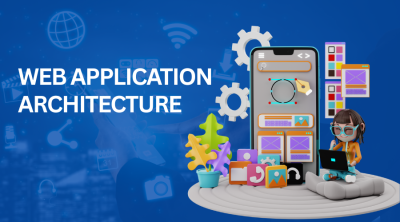





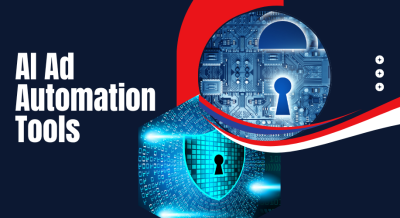
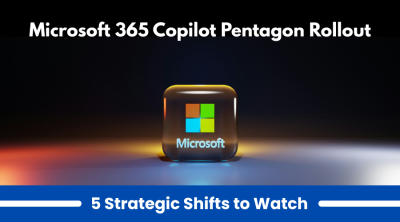






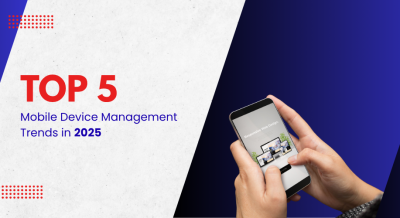

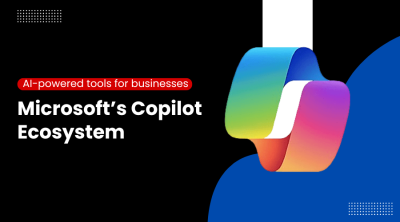
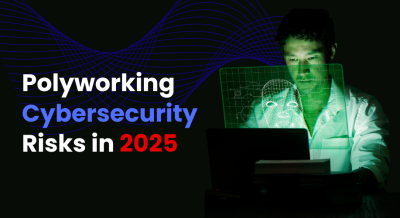



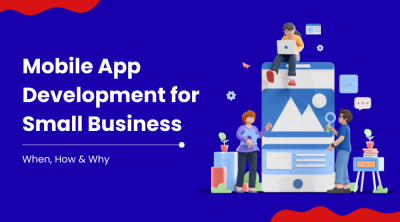
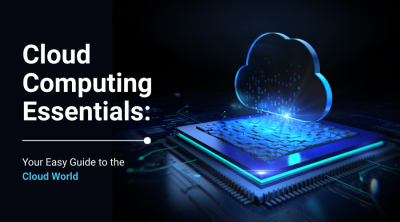




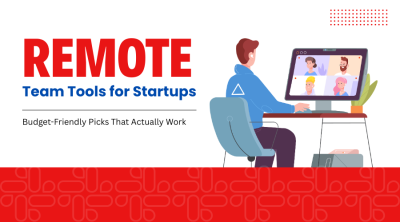
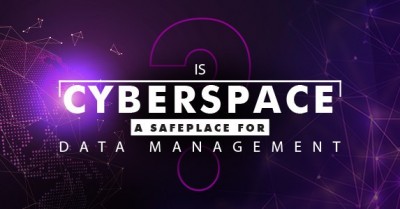


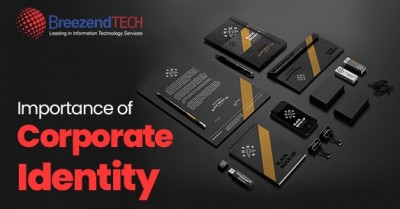
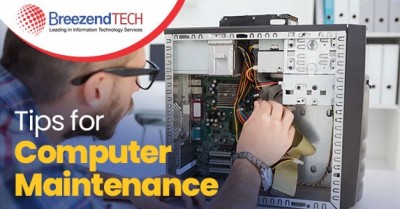
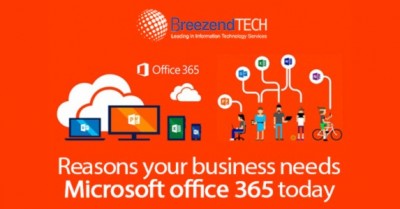
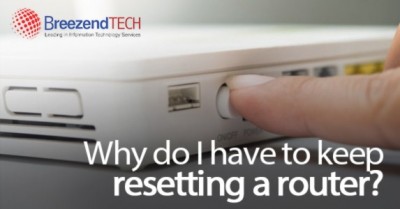

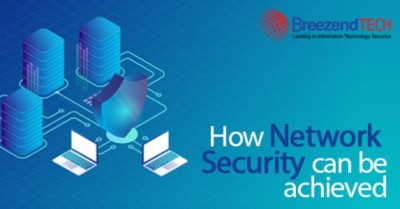


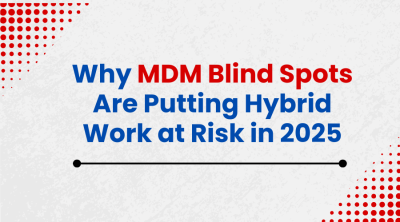
Comments (0)